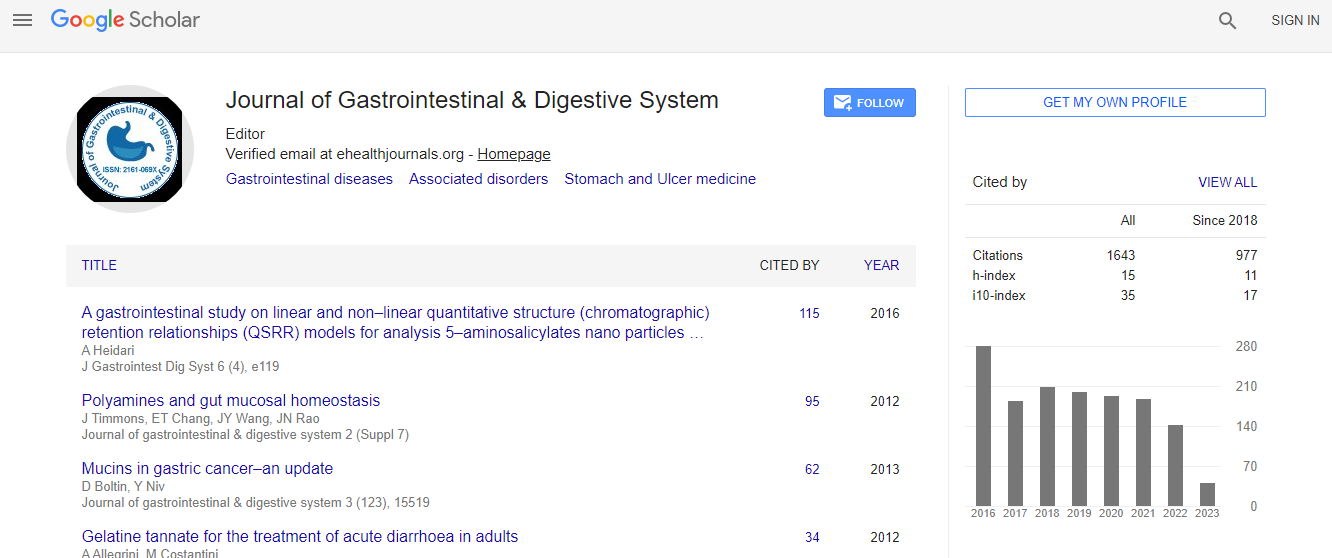Case Report
Total Colectomy with an Ileorectal Anastomosis: Perforation of Distal Portion of the Terminal Ileum
Rubén Gonzalo González1*, Sara Regano Diez1, Maria Antonia de Andrés Fuertes1, José Luis Conty S1, Adela Delgado Tapia2 and Francisco Javier Gil Piedra11Department of General Surgery, Hospital Laredo, Spain
2Department of Radiology, Hospital Laredo, Spain
- *Corresponding Author:
- Rubén Gonzalo González
Department of General Surgery, Hospital Laredo
Av Human Rights, s/n, 39770 Laredo
Cantabria, Spain
Tel: 620 108 834
E-mail: rubsoygg@hotmail.com
Received date: July 16, 2015 Accepted date: August 13, 2015 Published date: August 20, 2015
Citation: González RG, Diez SR, de Andrés Fuertes MA, Conty SJL, Tapia AD, et al. (2015) Total Colectomy with an Ileorectal Anastomosis: Perforation of Distal Portion of the Terminal Ileum. J Gastrointest Dig Syst 5:323. doi:10.4172/2161-069X.1000323
Copyright: © 2015 González RG, et al. This is an open-access article distributed under the terms of the Creative Commons Attribution License, which permits unrestricted use, distribution, and reproduction in any medium, provided the original author and source are credited.
Abstract
Total colectomy followed by ileorectal anastomosis is an established operation that may be employed as a surgical solution for a variety of colonic diseases. Postoperative morbidity and mortality rates are generally regarded as low, and functional outcome is rated as good to excellent by most patients. The ileorectal anastomosis is usually latero-terminal and is constructed with staples. If the segment of terminal ileum extending past the site of the anastomosis is too long, it remains as an appendage, and this portion of bowel may fold or twist upon itself, thus creating an intermittent closed-loop obstruction of its tip, leading to localized perforation, sepsis, and eventual fistula formation. The case of one patient who developed significant complications arising from this portion of the bowel is reported.

 Spanish
Spanish  Chinese
Chinese  Russian
Russian  German
German  French
French  Japanese
Japanese  Portuguese
Portuguese  Hindi
Hindi 
